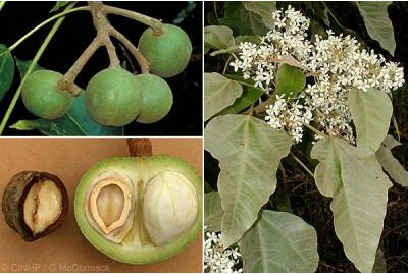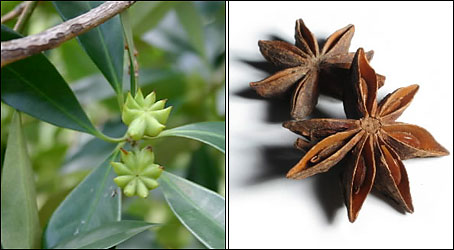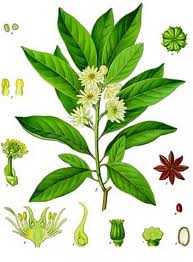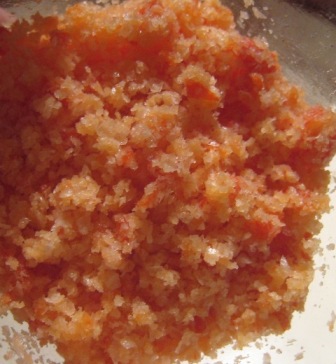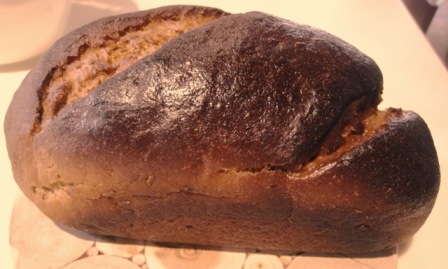
Someone asked the question: "Who discovered yeast?":
Yeasts are all around us in our environment and are one of the original plant forms. But when did we start to use it to help the fermentation process to rise dough for bread? Baking chambers were discovered in ancient Egyptian ruins. It is thought that dough made from wheat and flour to make a flat bread was accidentally left to warm in the sun. This dough attracted natural environmental yeast which made the bread rise in the oven. A starter piece of dough was kept from the next batch and used to rise further doughs.
In 1676, when Anton Leewenhoek developed the microscope, yeast was finally ‘discovered’ . However, it was only in 1859, that Louis Pasteur discovered how yeast actually worked in bread baking.
The yeast feeds on starches in flour, turning it into sugars and in the process, producing carbon dioxide gas. These bubbles of carbon dioxide make the dough rise.
Why do we have to knead dough?
When flour and water is mixed together, gluten is created. The more you knead them together, the more flour and water molecules are linked together to form a stronger and elastic dough, enabling it to capture the carbon dioxide and rise.

